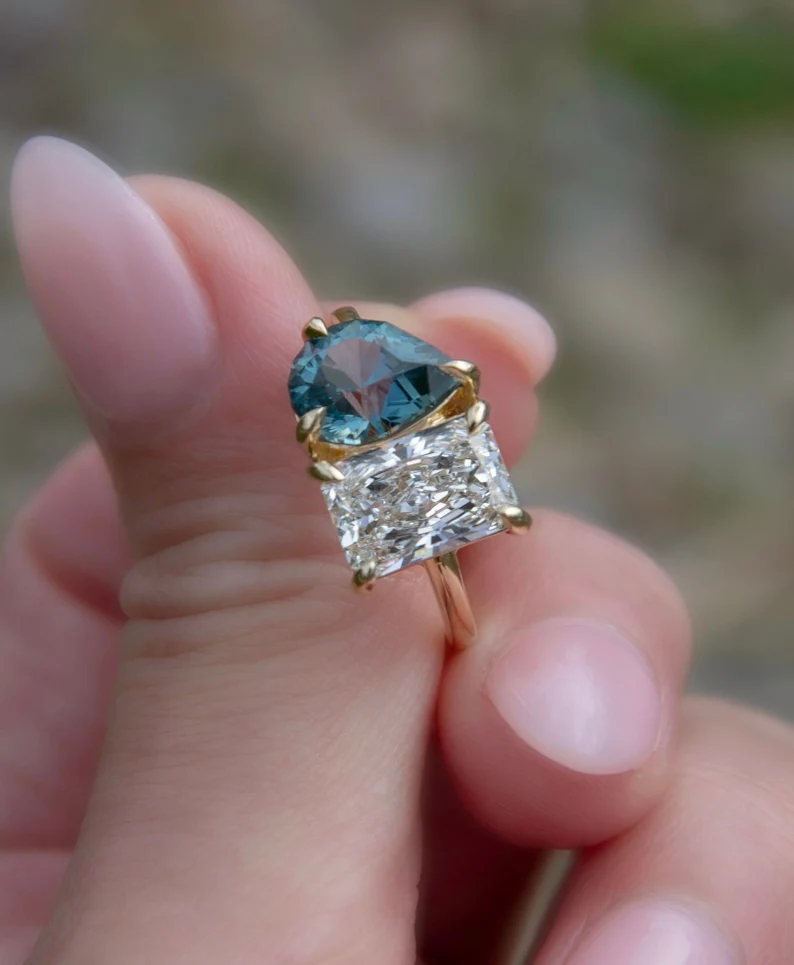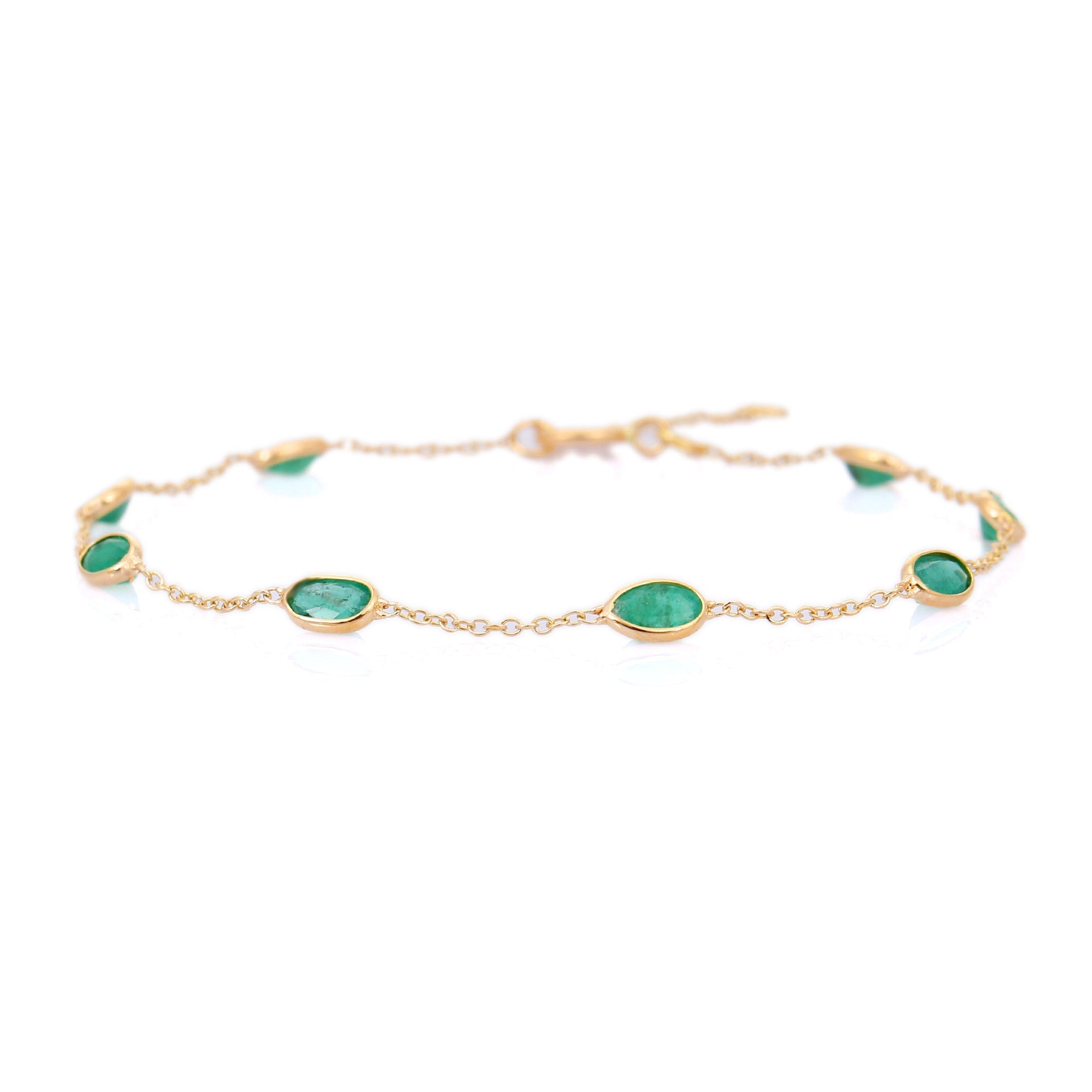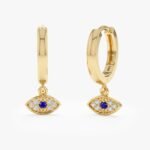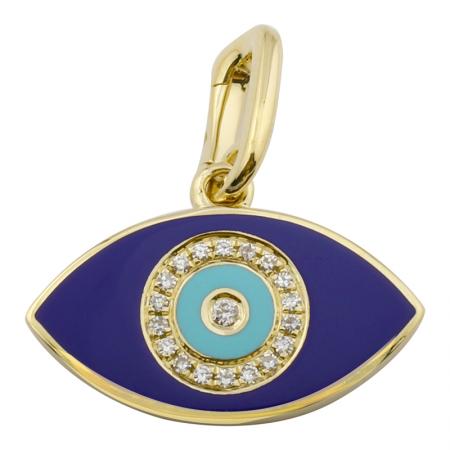Mixed-Metal Stacks: Stylish Rule-Breaker or Clash? A 7-Day Try

Mixed-metal stacks can look modern and intentional — or messy and conflicted. The difference comes down to proportion, finish, and a few practical choices. Below is a short guide that explains why some mixes work, which alloys to pick, and a seven-day, hands-on plan to test mixed-metal stacking on your own. Each day has specific sizes and reasons so you learn what to keep and what to drop.
How mixed-metal stacks work — the principles
Metal mixing succeeds when one metal acts as the anchor and others read as accents. Aim for about 60–30–10 in visual weight: 60% main metal, 30% secondary, 10% accent. That keeps the look cohesive. Match finishes before color. A polished yellow band will fight with a heavily brushed white bracelet; the brain reads finish more quickly than hue.
Know your alloys. 14k yellow gold18k yellowWhite goldSterling silver (925)Gold vermeilStainless steel (316L)platinum
What to mix — practical pairings and why
- Yellow + rose gold
- White gold/platinum + sterling/stainless
- Warm + cool (yellow + white)
- Gemstone as mediator
- White gold/platinum + sterling/stainless
Seven-day try — daily stacks, sizes and why they work
Wear each day to learn what feels right. Note the alloys and finishes so you can evaluate durability and comfort.
- Day 1 — Office classic (60% yellow, 30% rose, 10% white): Yellow 14k band, 4mm wide; rose gold stacking ring, 1.8mm; thin white gold milgrain accent, 1.2mm. Add a 16″ yellow gold box chain, 1.2mm. Why: the yellow anchors. Rose warms the stack. Small white accent keeps interest without breaking harmony.
- Day 2 — Minimal cool (dominant white): Platinum engagement-style band, 3mm; sterling silver textured band, 2mm; stainless steel signet cuff, 5mm wide in cuff form on non-dominant wrist. Why: similar cool tones and matched satin finishes keep the look cohesive. Good for bright light settings where rhodium shine can glare less.
- Day 3 — Casual weekend (mixed metals with a bridge): Yellow gold pendant, 18″ chain, 1.5mm; white gold herringbone choker, 14″, 0.8mm; bridge: small 0.25ct champagne diamond bezel in mixed-metal setting. Why: the stone bridges warm and cool. Different lengths prevent visual conflict.
- Day 4 — Layered rings test (finger play): Thumb ring in oxidized sterling, 6mm; middle finger stack — rose 2mm, yellow 3.5mm, white 1.5mm. Keep wide on thumb so the mixed tones don’t crowd one finger. Why: finger placement controls how colors read at a glance.
- Day 5 — Sport and durability check: Stainless steel sports watch with 20mm lug width; thin yellow gold wedding band, 2mm (left hand); stainless/matte silver bracelet on right. Avoid gold vermeil and 18k gold for this day. Why: test how plating and softer alloys hold up to sweat and friction.
- Day 6 — Evening contrast: Bold cuff in rose gold-plated brass (check base metal); narrow platinum stack on same arm, 2mm; centerpiece: 0.5ct sapphire ring in white gold (3.5mm shank). Why: high-contrast drama works at night when lighting softens metal tones. Avoid heavily plated pieces you care about; plating can rub.
- Day 7 — Travel capsule (one stack, everything goes): Choose your favorite dominant metal from the week. Add one secondary thin band and one accent earring or pendant. Keep sizes modest: rings 1.5–3.5mm, necklace 16–18″, bracelet under 6mm. Why: this shows whether a single, consistent capsule works better than daily mixing.
Care, adjustments and common problems
Rhodium plating wears. If you rely on white gold, expect re-plating every 1–3 years with daily wear. Sterling will tarnish faster on sulfur-rich skin or chlorine exposure. Clean with mild soap and a soft brush. Use a jeweler’s cloth for polishing; avoid household dips on mixed stacks because dips can remove plating unevenly.
Resizing and soldering get tricky when metals differ. A jeweler must match melting points and alloys. For example, soldering a 22k piece to a 14k base is difficult and can weaken 22k. If you plan permanent combinations, discuss alloy choices with a jeweler first.
Final practical tips
- Start with one dominant metal (60%). Add small accents only.
- Match at least one finish—polished with polished, matte with matte.
- Use gemstones or black enamel as visual bridges between warm and cool tones.
- Avoid delicate plated pieces for daily mixed stacks unless you’re okay with re-plating.
- Photograph each day’s stack. You’ll see patterns your eye misses in the mirror.
Mixed-metal stacks are not a rule-break — they’re a system. Use proportion, finishes, and strategic accents to make a coherent look. The seven-day try will show you which mixes are flattering, durable, and worth keeping.




